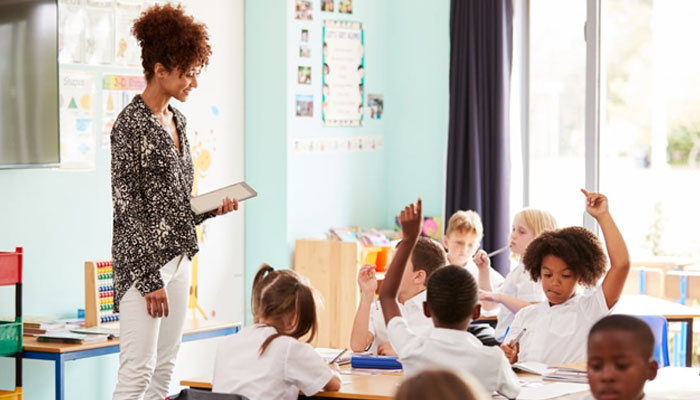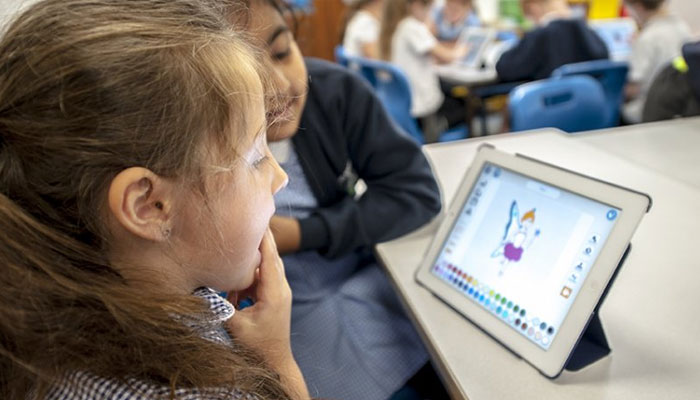
If kids applied the same focus and persistence to math homework as they do to beating a boss in Elden Ring, they’d have a PhD by middle school.
So what gives? Are video games just more fun—or are they smarter about how they teach? Turns out, games are full of hidden learning mechanics that educators can borrow, remix, and even improve upon. Here’s what games can tell us about how motivation really works—and why classrooms should start taking notes.
🎯 1. Instant Feedback = Instant Motivation
In games: You fail. You try again. You learn.
In school: You fail. You wait two weeks for a grade. Then you move on.
Video games like Celeste or Hollow Knight rely on quick, repeated attempts and real-time feedback. You know immediately when something didn’t work—and that pushes you to adjust, retry, and improve. The loop is tight, fast, and deeply motivating.
Meanwhile, traditional schooling often gives delayed feedback: quizzes graded days later, vague rubric comments, or only a final score.
🎓 What educators can try:

Use self-check quizzes and tools like Kahoot, Edpuzzle, or Google Forms for fast turnaround.
Break down assignments into smaller tasks with instant “checkpoints” or peer reviews.
Gamify the classroom: badges, point systems, and challenge-based learning.
📈 2. Visible Progress Makes Effort Worth It
Ever noticed how leveling up in Pokémon or completing missions in Genshin Impact feels so rewarding? That’s because games are brilliant at tracking and celebrating progress. Whether it’s an XP bar, quest list, or badge system, you always know where you are and what’s next.
Contrast that with the school experience: students often feel like they’re running a marathon with no mile markers. They get overwhelmed—or worse, disengaged.
🎓 What educators and parents can try:
Use visual trackers like progress charts, skill maps, or even color-coded folders.
Celebrate micro-achievements: finishing a tough paragraph, solving a tricky math step.
Let students reflect regularly: “What did I learn this week that I couldn’t do before?”
💡 Pro tip: Students are more motivated when they can see the climb, not just the mountain.
🔄 3. Failure Is Just Part of the Process—Not the End
In Portal 2, you fail over and over. That’s the whole point. You experiment, rethink, and develop logic along the way. And it’s fun.
Games frame failure as information, not shame. But in school? A bad grade often feels like a label: slow, lazy, not smart. That discourages risk-taking—the very thing learning requires.
🎓 Educational takeaways:

Allow retakes, revisions, and redos. Learning is iterative.
Use growth-focused language: “not yet,” “next time,” “let’s try a new strategy.”
Normalize struggle. Share stories of real people who failed, learned, and succeeded.
🧠 Neuroscience backs this up: Failure helps the brain build stronger pathways—if it’s paired with reflection and correction.
🧠 4. Games Create Flow—Classrooms Often Interrupt It

You’ve seen it: a kid playing Minecraft for 3 hours without blinking. That’s called flow—a mental state where the task is challenging but doable, and the person is totally absorbed.
Games are engineered for this. They gradually increase difficulty, offer just-in-time help, and allow uninterrupted focus.
Classrooms, meanwhile, often do the opposite: ring bells every 40 minutes, jump from topic to topic, or stop just when things get interesting.
🎓 What to try instead:
Block time for deep work—longer sessions for writing, building, or solving problems.
Let students choose the format: drawing, building, writing, coding.
Use project-based learning: science fairs, design challenges, real-world problem solving.
🎮 When kids are in flow, they don’t just work harder—they work joyfully.
🕹️ 5. Learning by Doing Is the Default in Games
Kerbal Space Program doesn’t start with a lecture on aerodynamics—you build a rocket, launch it, and probably crash. Then you try again. And again. Until you learn.
Games put players into active roles: explorer, builder, strategist, survivor. They learn by doing, not memorizing.
Compare that to passive lecture styles or worksheet-heavy classrooms. Which one sounds more like real learning?
🎓 What teachers can do:
Incorporate simulations, debates, and maker-style tasks.
Flip the classroom: give theory as homework, practice in class.
Ask students to create: presentations, videos, podcasts, or even their own games.
🧩 Bonus idea: Let students teach others. Teaching is one of the most powerful forms of learning.
🌍 6. Games Can Make Learning Social, Not Isolated
Among Us isn’t just a murder mystery—it teaches communication, logic, and reading people. Roblox Studio isn’t just building—it’s collaboration, iteration, and creativity with peers.
Games build communities. Kids learn from each other in real time, often across the globe. But classrooms still lean heavily on solo work and fixed answers.
🎓 Bring it to life:

Use peer-to-peer learning groups or class “guilds.”
Let students share strategies, not just answers.
Create classroom missions that require teamwork.
👫 When learning is social, it’s stickier. And way more fun.
🧪 Real Schools, Real Games
More educators are embracing games as tools, not distractions. Some real-life examples:
Minecraft Education Edition is used to teach everything from math to urban planning.
Civilization VI helps students understand geopolitics, economics, and resource trade.
Classcraft gamifies behavior and teamwork in a fantasy-themed classroom platform.
Foldit, a real protein-folding game, lets students contribute to actual scientific research.
This isn’t replacing traditional learning—it’s enhancing it.
💬 Final Thought: What If Classrooms Felt Like Leveling Up?

Imagine if school offered:
✔️ Quests instead of busywork
✔️ Feedback that motivates, not punishes
✔️ A culture where trying—and failing—is how you win
✔️ Progress that’s visible and celebrated
✔️ Learning that feels like exploration, not obligation
Video games aren’t the enemy of education. They might just be the secret ingredient it’s been missing.
So next time your kid’s on their fifth hour of Zelda, don’t just say, “Turn it off.” Ask instead:
What made them so focused—and how can we bring that energy into the real world of learning?
